Transport
One of the most iconic mining locomotives of the Asturian railway heritage is the RIOSA one. It was built in 1924 by the Belgian company Haine Saint Pierre, and was supplied to Hulleras de Riosa, in Mieres, by the Brussels firm Guillaume de Decker. Its purchase was due to the increase in production that had allowed the start-up of the new narrow-gauge railroad between La Foz and La Pereda. Thus, the other machine owned by the company until then, the CESAR, became too small for the growing traffic.
Its task was to tow the coal trains between the railway siding that its owner had in La Pereda and the Ablaña station. It was authorized to run on the tracks of Compañía del Norte and, later, of RENFE. This maneuver involved backing up at La Pereda. This meant that the engine had to cross the bridge over the Caudal River, enter the El Padrún tunnel, and then reverse towards Ablaña. It was also in charge of maneuvering the metre-gauge railway wagons that came from the neighboring main line of Vasco Asturiano Railway. It was equipped with couplings for this purpose.
It successively changed owners as the mines were transferred from one company to another. Thus, in 1952 it became part of ENSIDESA and, in 1969, of HUNOSA. Only one year later, the La Pereda facilities were closed and Riosa Locomotive was sent to the Olloniego washing plant, which had a railway branch of the same name that led to the RENFE station.
In 1972, the Olloniego mines were also closed and the locomotive returned to Mieres. This time it was used to tow trains between the Barredo Mine, the El Batán washing plant and the Ablaña station, along the old Fábrica de Mieres railway network. This new phase lasted for four years, until the dismantling of the tracks that ran through the central streets of the town. It was left at El Batán for several years, and in 1981 it finally arrived at the Sovilla washing plant, where it was used to work on maneuvers with wagons.
Finally, it was shut down on July 31st, 1984, date that means the end of steam traction in HUNOSA and also the end of steam locomotives for commercial use in Asturias. This was the end of a history of more than 130 years.
It was abandoned in Sovilla, and in 2002 it was brought to HUNOSA's facilities in El Batán and was restored. It remains there today and it can be seen from the outside, although visits are not allowed.

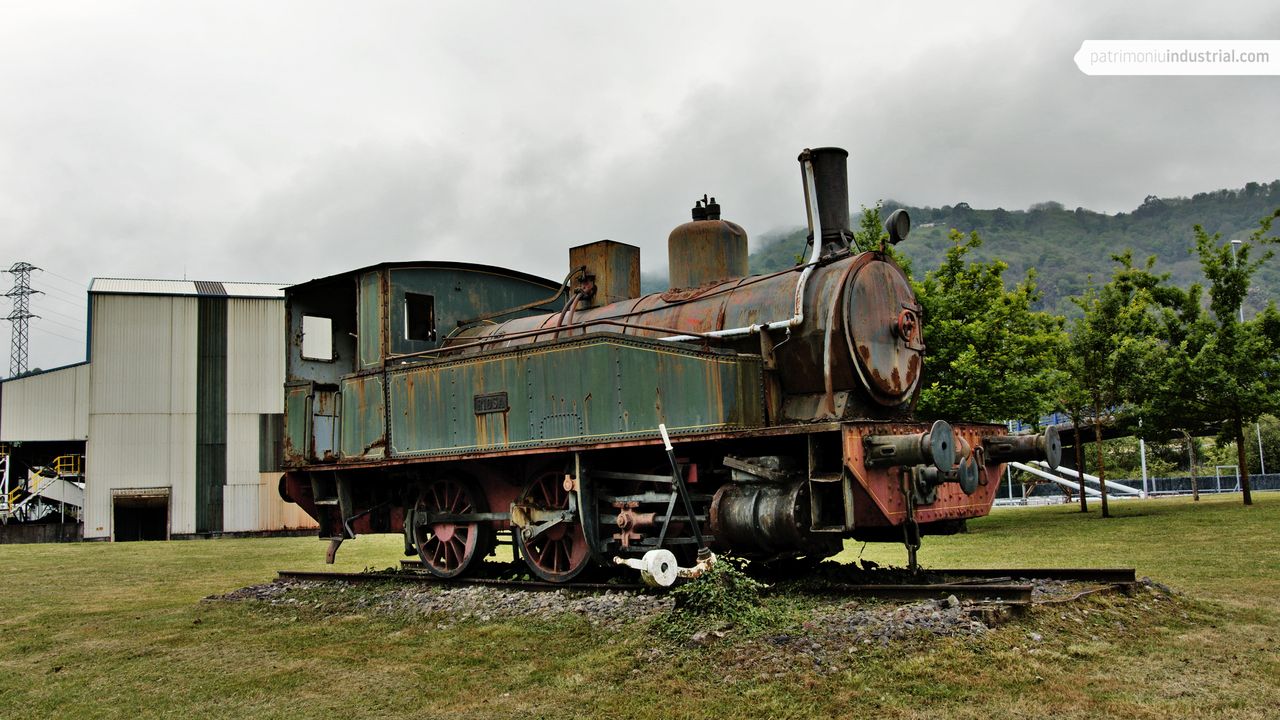

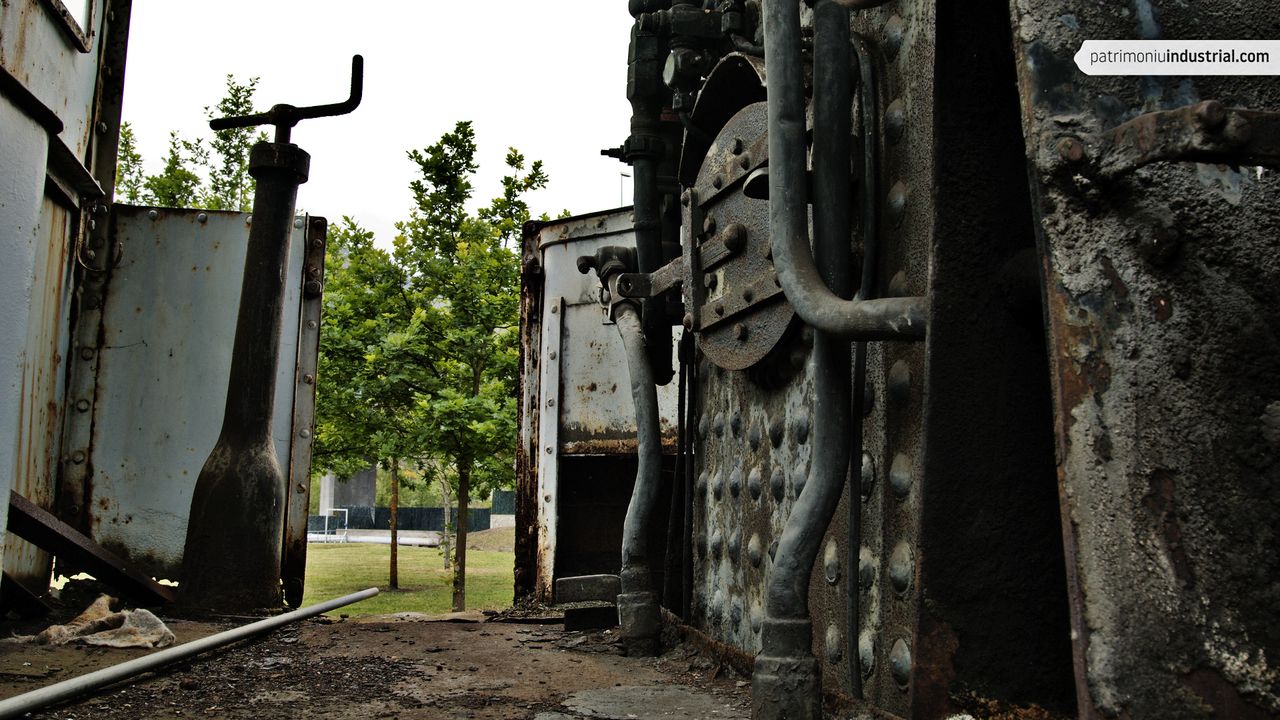
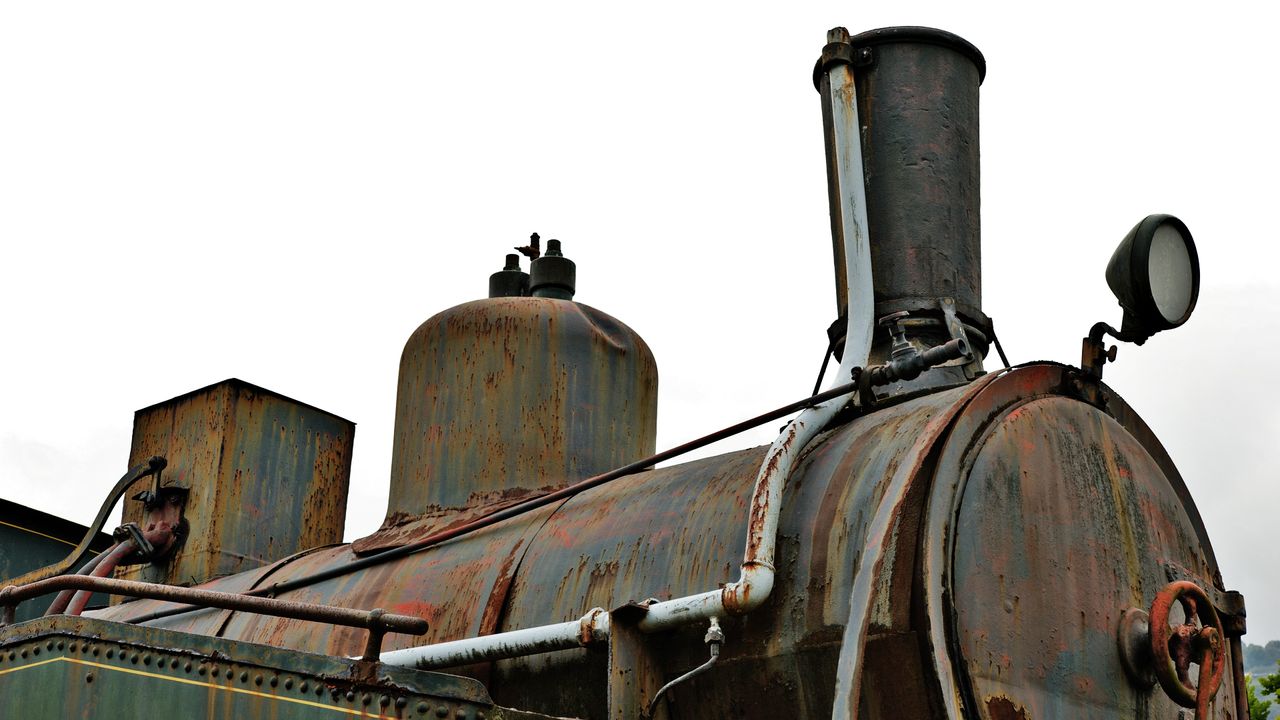
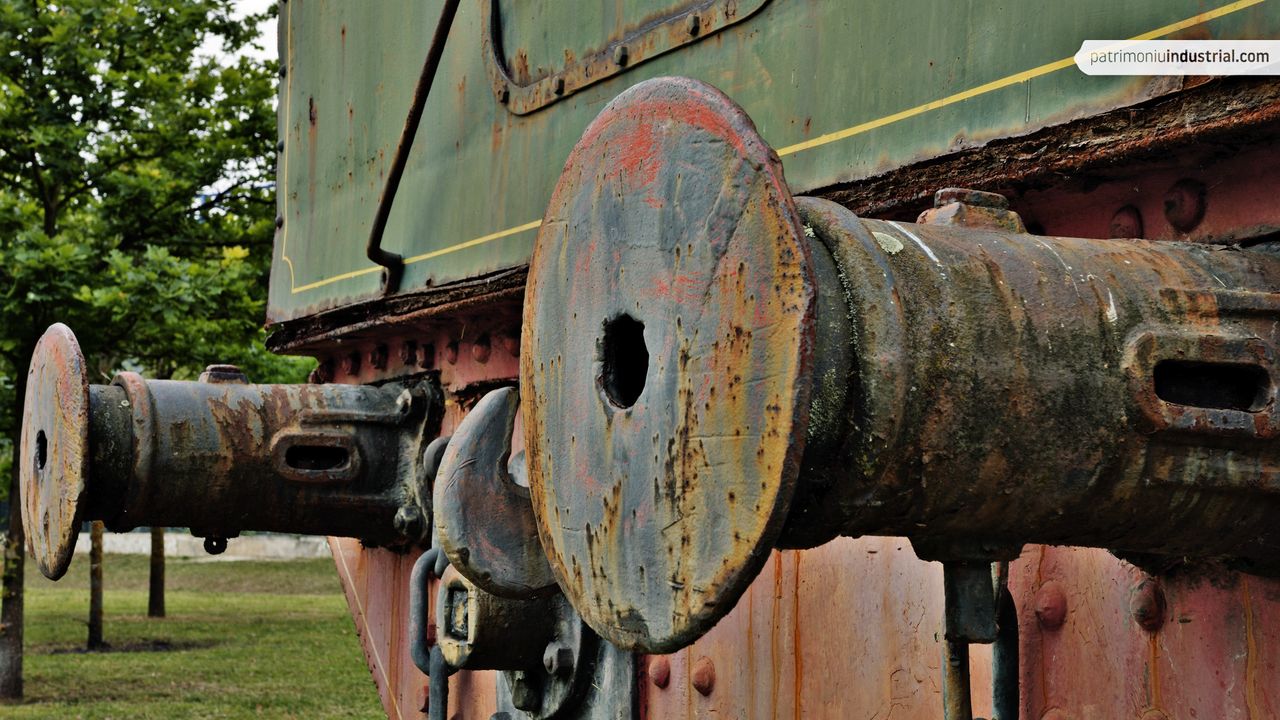
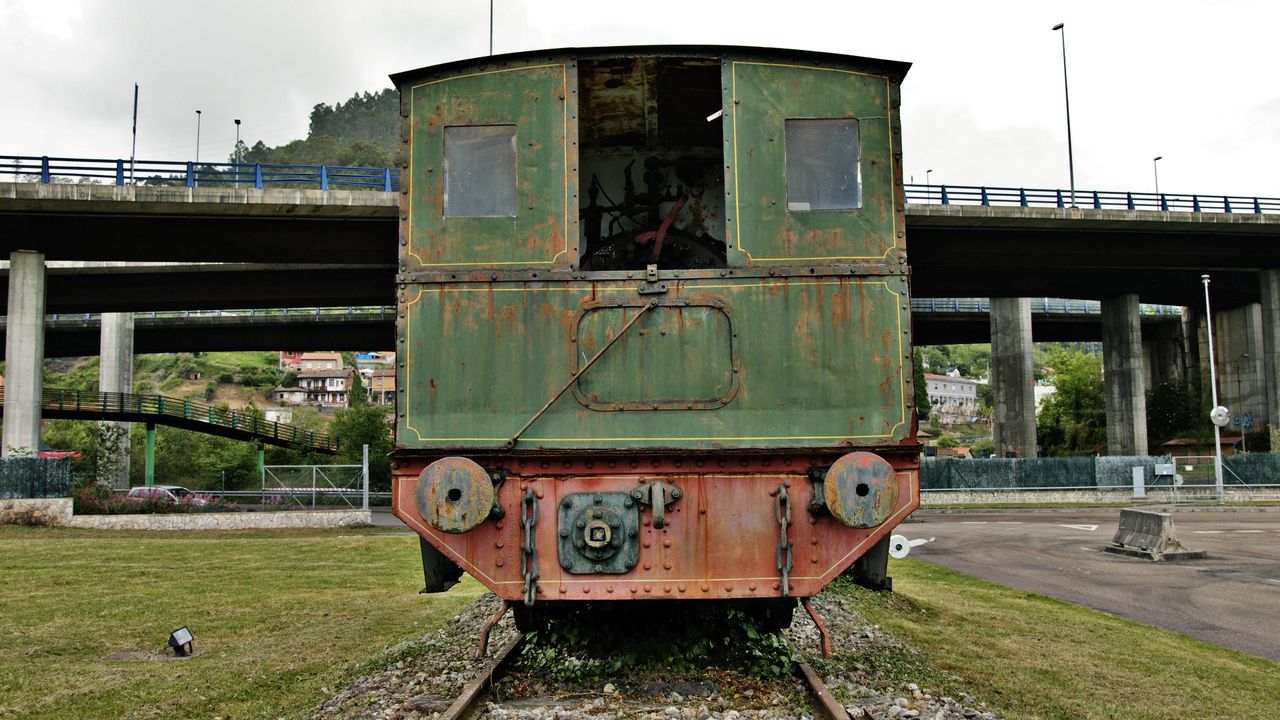
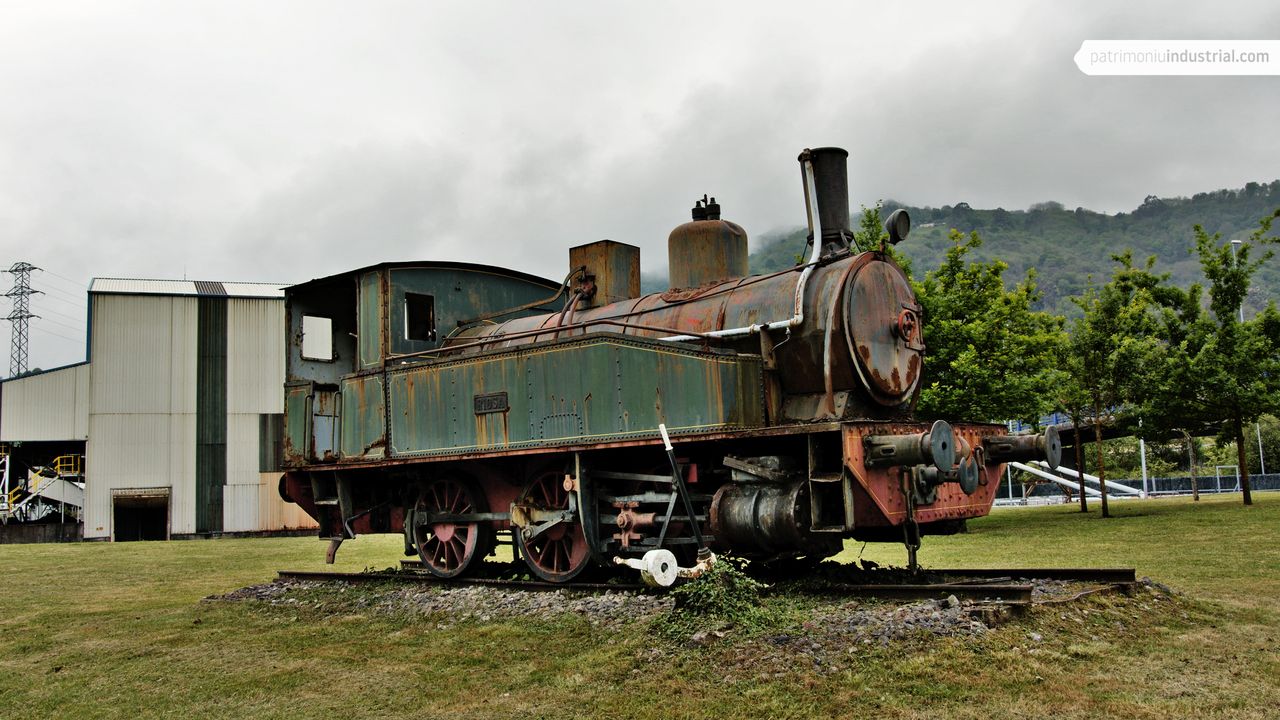
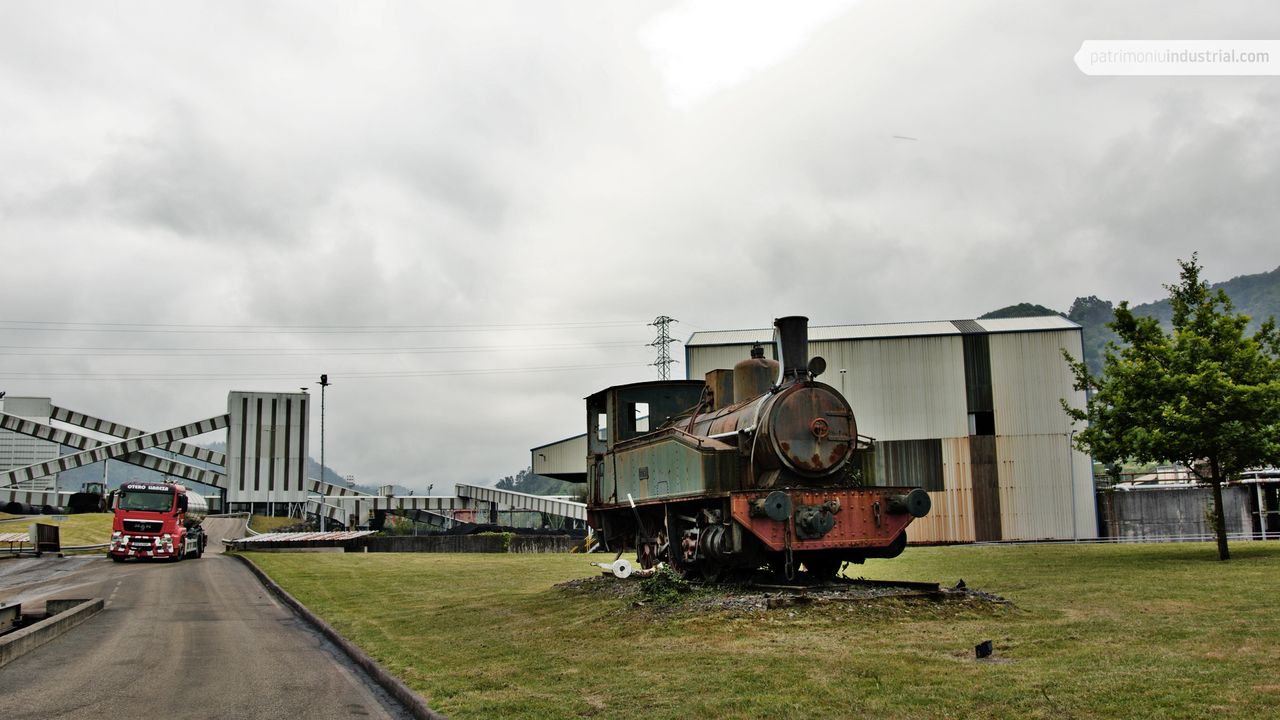
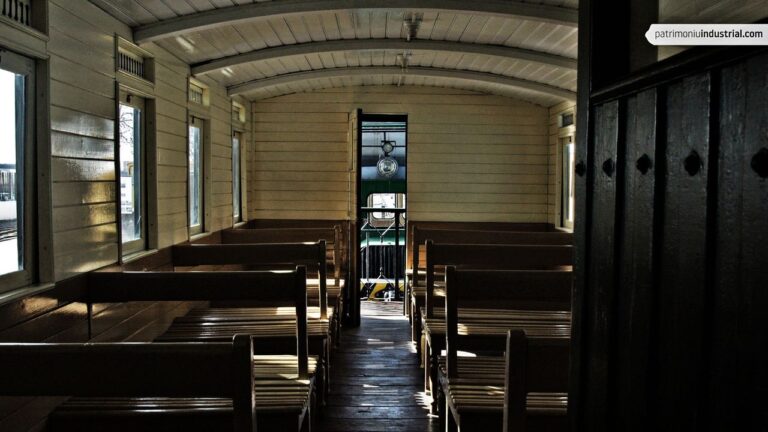

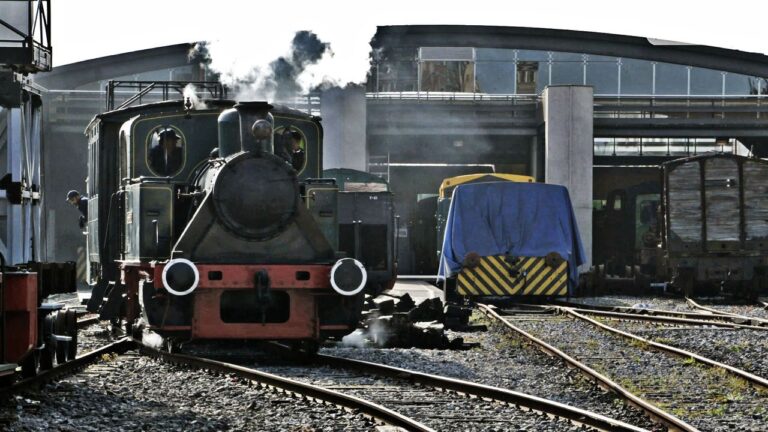

Recent Comments